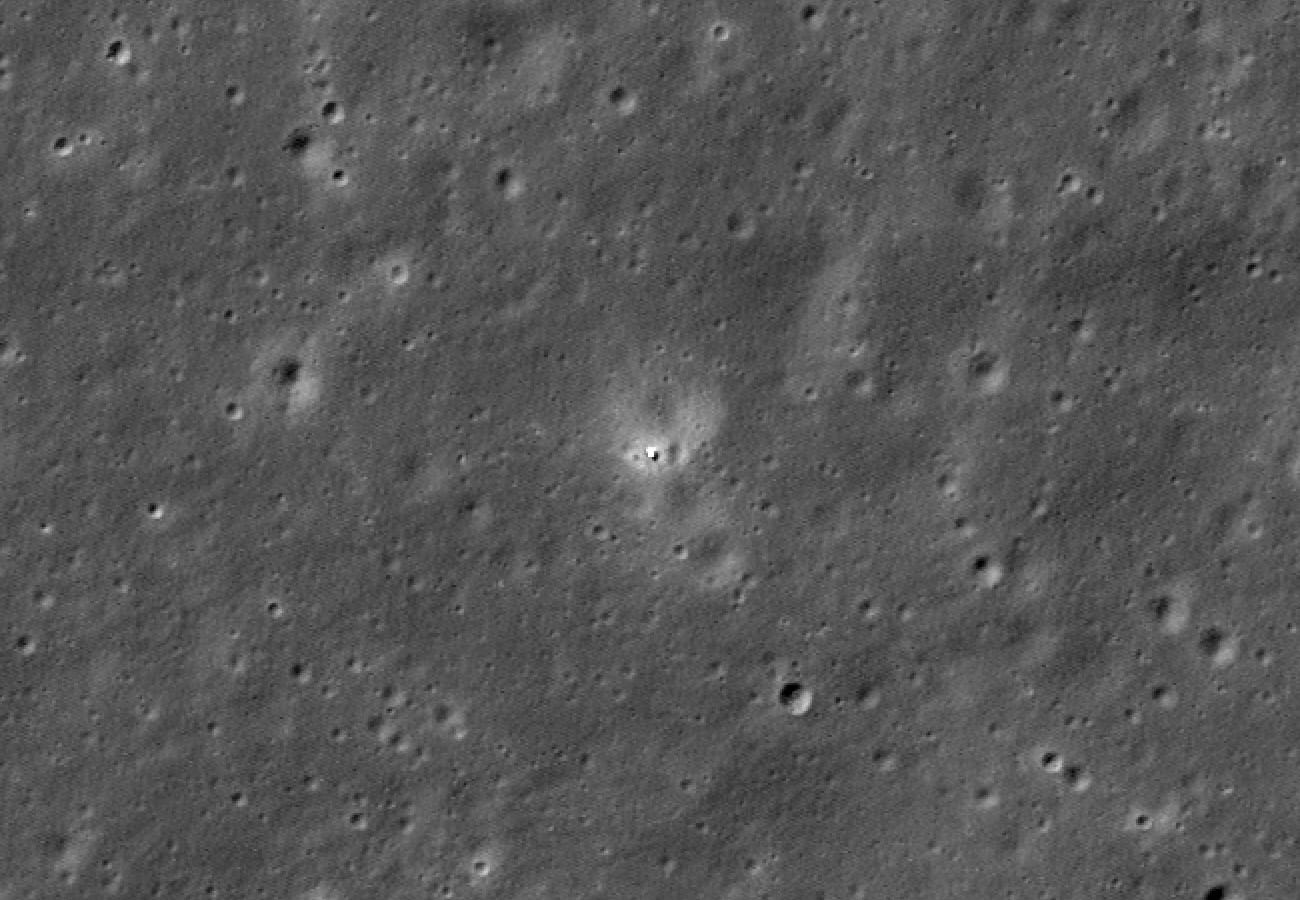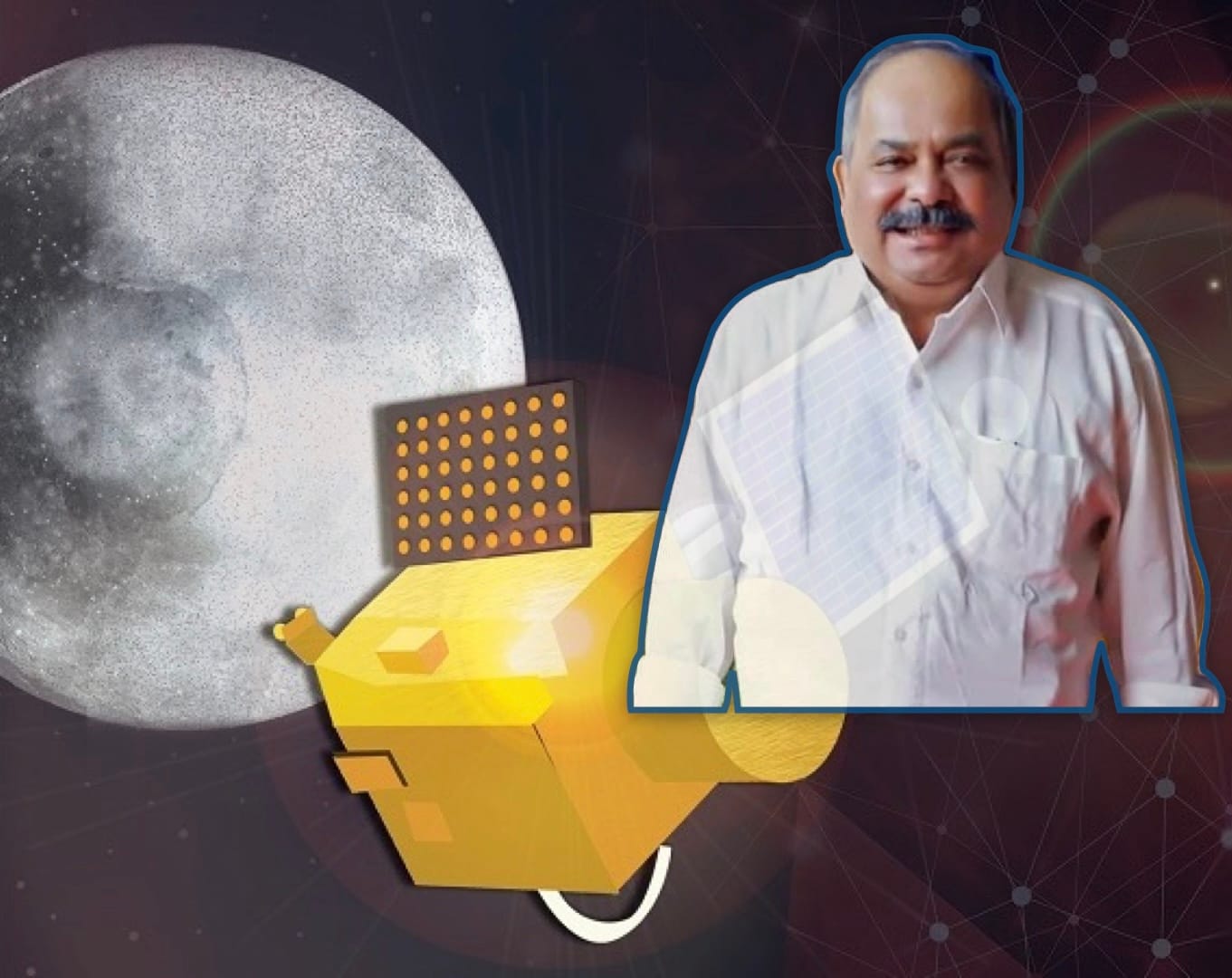Moon Monday #180: Rocket plume effects, landing pads, and more
The efforts to gauge plume effects of Moon landers

Two new papers by Philip Metzger suggest that Apollo lander rocket plumes blasted out at least four times more lunar soil than previously thought. This work, captured well by Michael Greshko for Scientific American, is part of an ongoing larger community effort to understand exactly how landers plumes affect the local environment on the Moon. When Apollo 12 astronauts landed near the robotic Surveyor 3 spacecraft that had previously touched down on Luna and brought samples of it to Earth, it displayed severe sandblasting damages and craters from the Apollo lander. Future astronauts in long-term habitats and even robotic surface activities will need protection from landers descending nearby. Some landings need to be near existing hardware if they carry supplies and other cargo.
For engineers to arrive at optimal protection measures, a White Paper submitted by multiple authors to the US Decadal Survey of 2023-2032 strongly suggested that all future NASA-funded landers carry not only descent imagers but also instruments that measure specific aspects of plume effects. A payload called Stereo Cameras for Lunar Plume-Surface Studies flew on Intuitive Machines’ first lunar lander part of NASA’s CLPS program but it couldn’t image plume effects during the final landing phase due to an anomalous hard landing. A version of the payload is set to fly on Firefly’s upcoming CLPS lander later this year so hopefully we get data from it.
For the Chang’e 5 sample return mission, Chinese researchers calculated its lander to have displaced about 336 kilograms of lunar material during touchdown whereas the latest number for the Apollo 12 lander stands at 2600 kilograms. The Chinese researchers attributed the bulk of this dissimilarity to the contrast between the 13,300-newton, high thrust Apollo 12 engine and the 2900-newton, low thrust Chang’e 5 one. Of course, there are other factors too, such as thicknesses of the loosely bound material varying by landing sites. Ultimately, it’s important to understand plume effects on lunar soil from both low thrust and high thrust engines to comprehensively quantify and characterize risks posed to various kinds of future lunar hardware and habitats. Ongoing analysis of ejecta data from Chandrayaan 3’s last minute lunar hop will also contribute to said end.
Another key issue is that sandblasting and contamination of lunar material from their own lander is why astronauts will have to venture far away from their landing sites to obtain pure surface samples. Furthermore, simulations have shown that water vapor emitted by lunar landers could spread throughout the lunar exosphere within 24 hours.
As one protection measure against the various damaging effects mentioned above, NASA has been looking for sufficiently elevated locations for its envisioned Artemis Moonbase—and which must also lie at least a kilometer away from the crewed and cargo landing areas.
And then you have lunar landing pads

As a more active lander-sandblasting protection measure though, NASA is funding the development of specific lunar infrastructure like dust-mitigating landing pads.
- Last year as part of multiple public-private Tipping Point contracts, NASA funded a Redwire-led project with $12.9 million to develop microwave heating technologies that could solidify and strengthen lunar soil for building infrastructure such as roads, foundations for habitats, and landing pads. The funding doesn’t seem to include a lunar surface demonstration though.
- As part of a Lunar Surface Technology Research (LuSTR) solicitation in 2022, NASA awarded ~$2 million to the Colorado School of Mines who in partnership with Lunar Outpost and others are developing a rover-enabled lunar landing pad construction system for a demonstration on Earth.
- NASA has also awarded a small contract to Astroport to prototype parts of the technology that can melt lunar regolith, convert it to manufacturing feedstock, and use that to robotically assemble landing pads.
Furthermore, Jack Kuhr reports that new startup Ethos Space Resources has melted lunar soil simulants on Earth and demonstrated the resulting material’s strength against rocket plumes. Ethos plans to build large landing pads for future Lunar Starships with the help of the FLEX rover from Astrolab (a Moon Monday sponsor). Ethos plans for these pads to have embedded navigational beacons, which would aid precision landing—because otherwise a lander touching down beside the pad would defeat the purpose of it all.
ESA is interested in such technologies too, with the aptly named PAVER project using powerful lasers to melt lunar soil simulants into glassy solid surfaces, which can then be used to create blocks of landing pads and roads. As part of project MOONRISE, funded by Germany at €4.74 million, research teams at LZH and TU Berlin are developing an AI-supported compact laser system to build pads with 3D-printing. They’ve had successful basic terrestrial demonstrations, including under simulated lunar gravity in an Einstein-Elevator, and want to fly to the Moon for a real-world shot.
Related to all of the above, Kevin Cannon’s paper elaborates that just like on Earth, not all soil on the Moon is suitable for construction.
Many thanks to Off Planet Research, Gurbir Singh and Arun Raghavan for sponsoring this week’s Moon Monday. If you love this curated community resource too, join them and support my work.
China and Luna

- Despite ESA(-aided) instruments onboard CNSA’s Change’e 6 lander successfully collecting unique scientific data on the Moon’s farside, ESA’s international relations administrator Karl Bergquist told SpaceNews that the space agency does not intend to continue collaborating on China’s upcoming Chang’e 7 and Chang’e 8 missions to the Moon’s south pole. Bergquist added ESA doesn’t intend to join the China-led long-term scientific base called the International Lunar Research Station (ILRS) either, citing ESA’s embargo with Russia—China’s biggest ILRS partner. In the meanwhile, Russia signed a law on June 12 ratifying its ILRS involvement. In my opinion, ESA pulling back from clearly beneficial scientific cooperation with China based on a rather disparate Russian element is a poor strategy on Europe’s part, especially when the entire continent has no independent access to the lunar surface. In any case, this thankfully doesn’t affect the two independent instruments from Europe flying on Chang’e 7: a Swiss-aided radiation monitor to measure incoming and outgoing radiation to and from Earth, and a retroreflector from Italy-based SCF Lab—just like the one they have on Chang’e 6.
- On June 11, the China Manned Space Engineering Office (CMSEO) added 10 new (unidentified) astronauts to its taikonaut corps, some of whom might fly on China’s crewed lunar missions starting end of decade. Similar to ESA’s Pangaea campaign to train future lunar astronauts in geology and sample collection, which is a highly valuable skill during excursions on the Moon, China will provide geology field training to astronaut candidates followed by activities in mission-specific training simulators akin to Apollo.
- In the meanwhile, China test fired three YF-100K prototype engines in preparation towards making the Long March 10 rocket that will fly astronauts to the Moon.
More Moon
- In an interview with Payload Space, Firefly’s spacecraft program director Ray Allensworth said the company is targeting November 16 to launch its first Moon landing mission. The Blue Ghost lander aims to descend in the lava plains of Mare Crisium at 18.56°N, 61.81°E. It carries several NASA instruments as part of the agency’s CLPS program. These will primarily study the lunar environment. One of the lander’s legs will host PlanetVac, a low-cost soil sampling technology partially funded by The Planetary Society to enable future sample return missions from the Moon and Mars. The mission will also be NASA’s first attempt to get a GPS lock from the Moon.
- On June 12, Armenia became the 43rd country to sign the US-led Artemis Accords for cooperative lunar exploration.
- On June 14, Srinivasa Hegde, the Mission Director of India’s first lunar orbiter Chandrayaan 1, passed away. Here’s my piece on the impact of his work.

